- About MAA
- Membership
- MAA Publications
- Periodicals
- Blogs
- MAA Book Series
- MAA Press (an imprint of the AMS)
- MAA Notes
- MAA Reviews
- Mathematical Communication
- Information for Libraries
- Author Resources
- Advertise with MAA
- Meetings
- Competitions
- Programs
- Communities
- MAA Sections
- SIGMAA
- MAA Connect
- Students
- MAA Awards
- Awards Booklets
- Writing Awards
- Teaching Awards
- Service Awards
- Research Awards
- Lecture Awards
- Putnam Competition Individual and Team Winners
- D. E. Shaw Group AMC 8 Awards & Certificates
- Maryam Mirzakhani AMC 10 A Awards & Certificates
- Two Sigma AMC 10 B Awards & Certificates
- Jane Street AMC 12 A Awards & Certificates
- Akamai AMC 12 B Awards & Certificates
- High School Teachers
- News
You are here
An Ancient Egyptian Mathematical Photo Album: Counting Numbers
Counting numbers were a crucial part of the centralized government of ancient Egypt, since the bureaucracy needed to keep records of many things, including inventories, workers, time, and taxes. As mentioned above, the Egyptians used an additive decimal system with symbols for the powers of ten from 0 to 6, in which like symbols were grouped together in descending order, and often stacked for aesthetics. If the writing was in columns, the hieroglyphs were to be read from top to bottom. If written horizontally, the hieroglyphs were meant to be read toward faces. So, they might be read left to right or right to left. Typically, the number followed the noun (usually singular) it was counting.
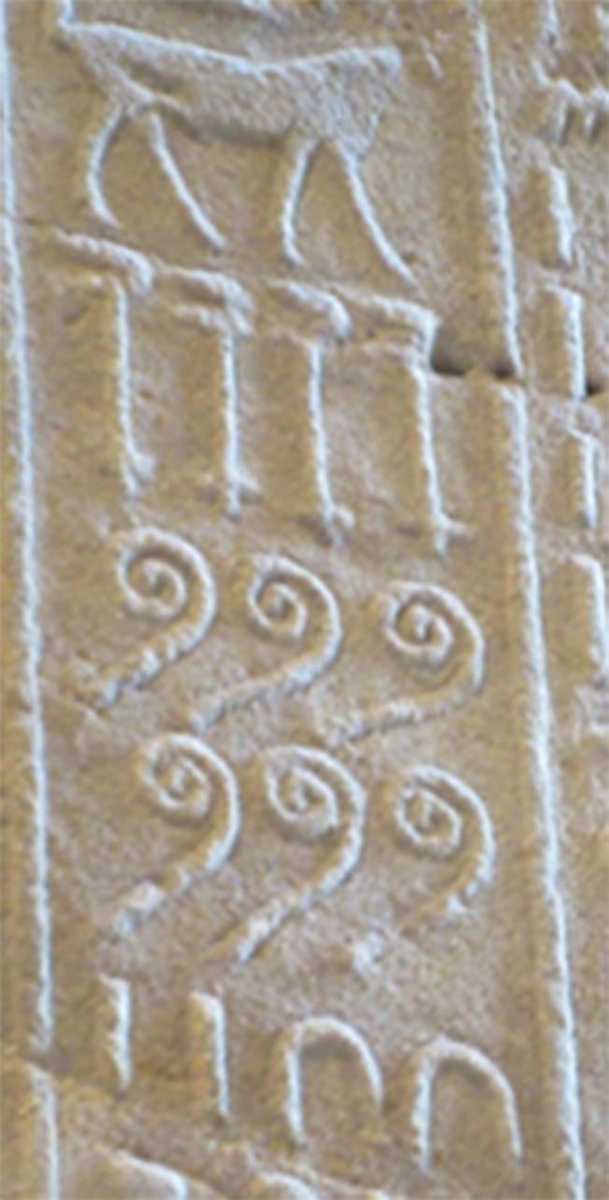
Figure 5: Numeric hieroglyphs in the Louvre (Annals of Thutmose III, 1479–1425 BCE, Karnak Temple).
The example in Figure 5 is from the Louvre and has the writing in columns. Notice the calf at the top of the picture is facing to the right. Thus, the hieroglyphs are read from top to bottom and, within each line, from right to left. The number pictured is composed of four lotus flowers (4000), six stacked coils of rope (600), two hobbles (20), and two tally marks (2), namely 4622. Since the number follows “calf,” it translates as 4622 calves.
The next example is from a papyrus in the Egyptian museum in Turin, Italy, and it also has the writing in columns. From the picture on the left, we see that the person and bird figures face right. So, although the direction does not actually matter in this particular example, the hieroglyphs on each line are read right to left. With four coils of rope (400), five hobbles (50), and three tally marks (3), the number is 453.
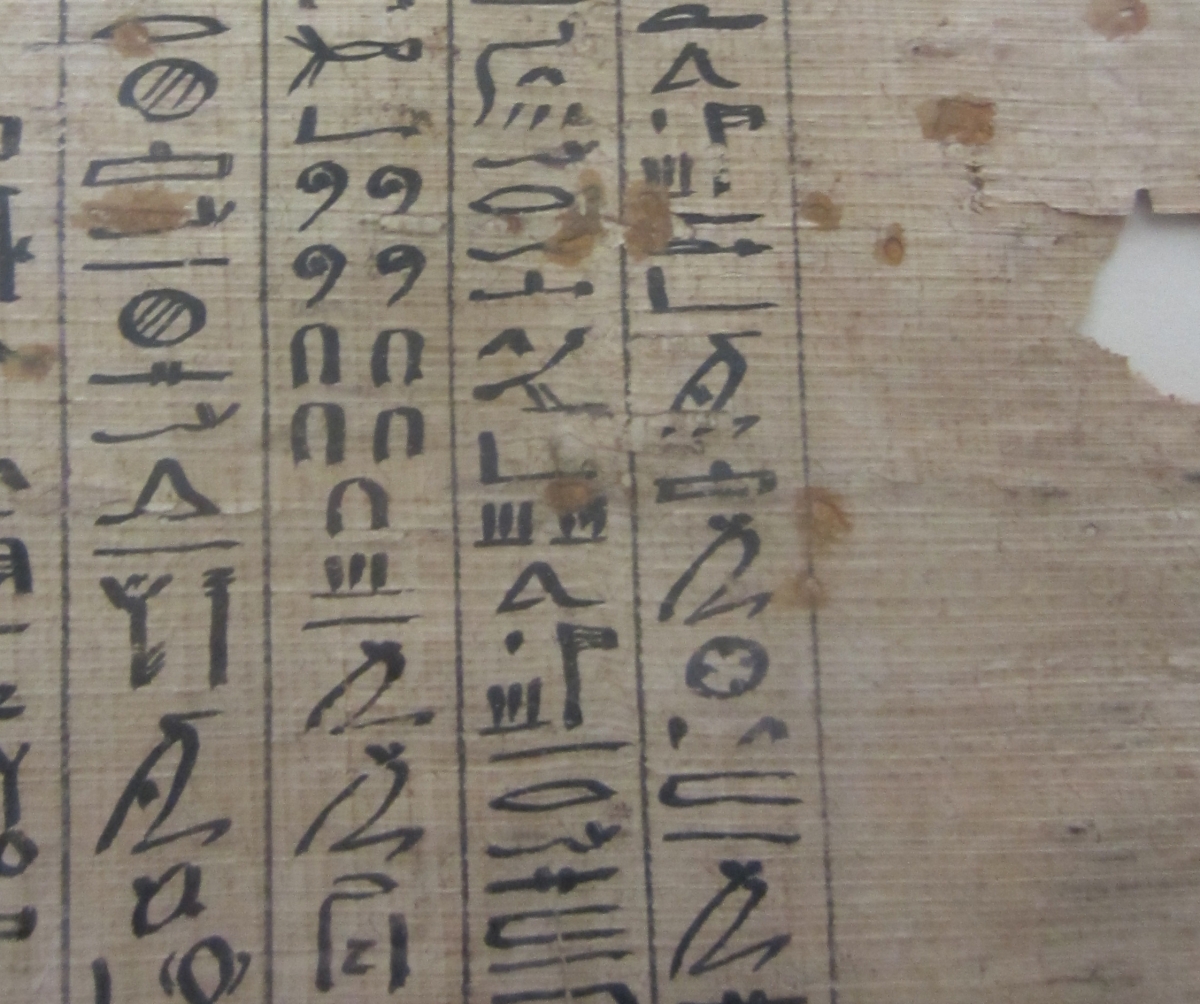
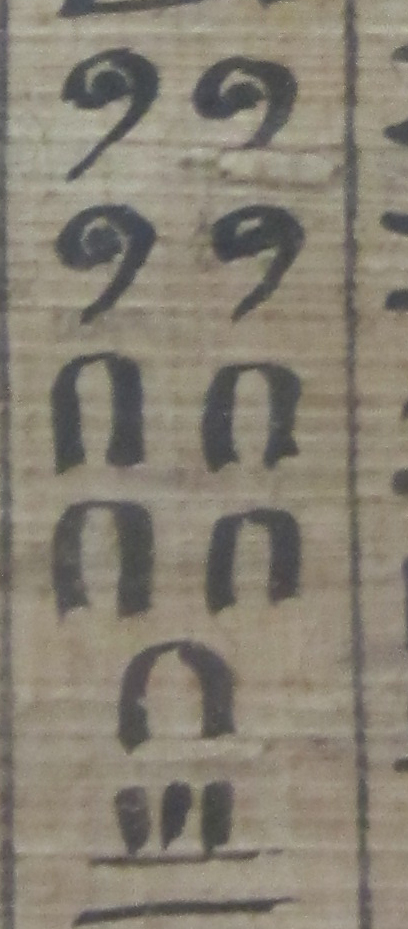
Figure 6. Hieroglyphs, read top to bottom and right to left on each line, on a papyrus (1076–722 BCE) in Turin, Italy.
The image on the right shows a close-up of the number 453.
The final examples of counting numbers in this section are from the Karnak Temple (begun around 2000 BCE with expansions through about 30 BCE) in Luxor, Egypt. These hieroglyphs appear on the same wall, one not far above the other. They are read top to bottom and right to left within each row. The number pictured on the left in Figure 7 is 4820, written with four lotus flowers (4000), eight coils of rope (800), and two hobbles (20). The image on the right displays 6823.
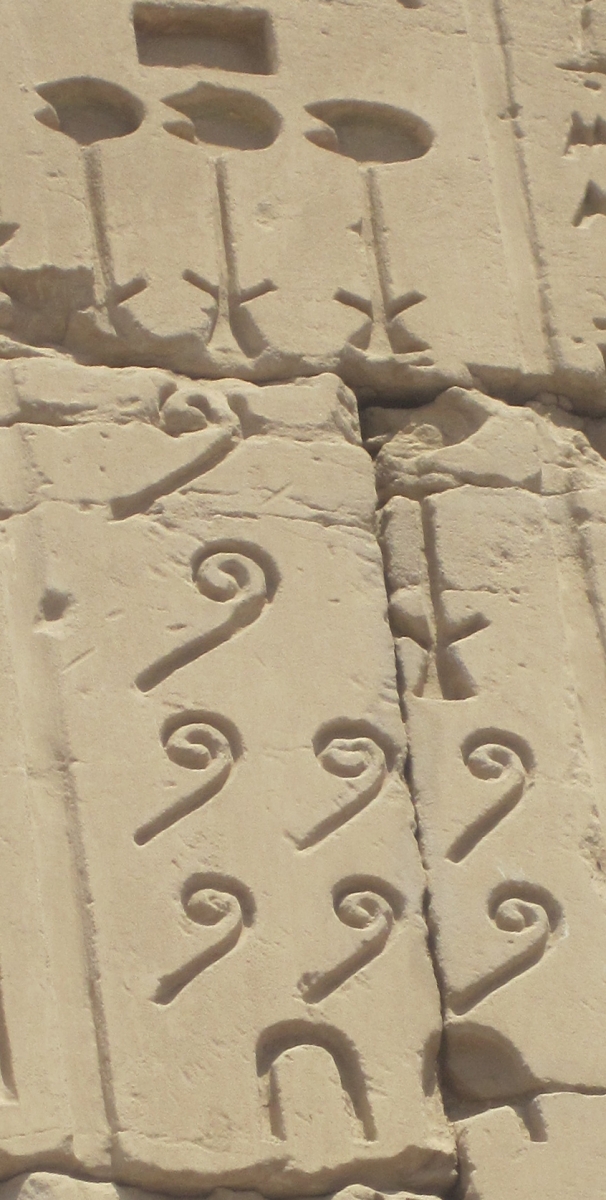
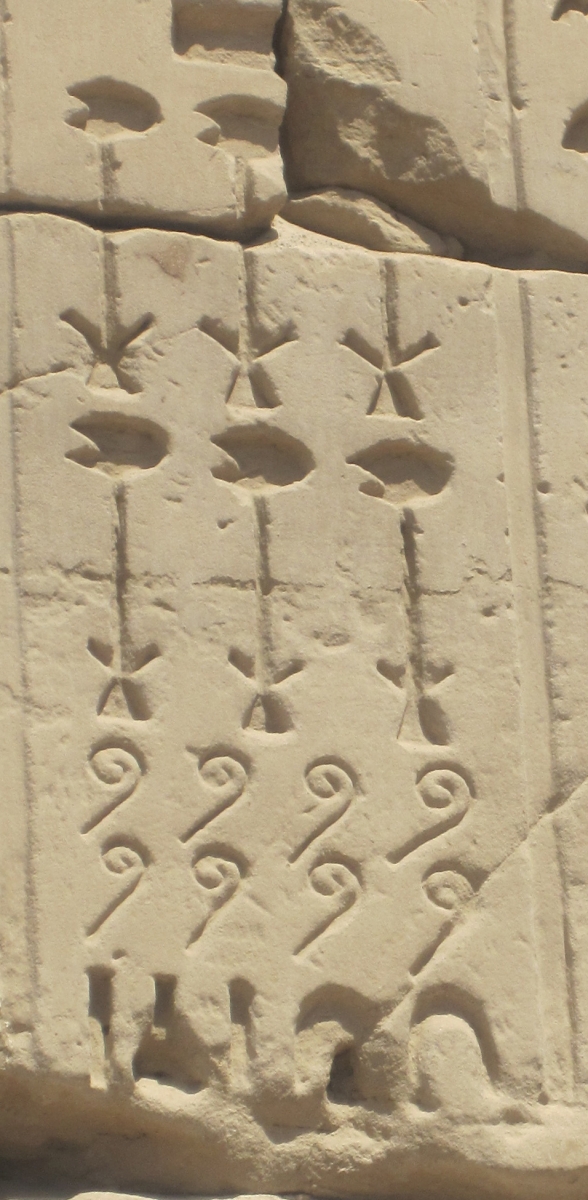
Figure 7. Counting numbers on a wall in the Karnak Temple (ca 2000–30 BCE) of Luxor, Egypt.
The image on the left shows 4820 while the image on the right shows 6823.
Cynthia J. Huffman (Pittsburg State University), "An Ancient Egyptian Mathematical Photo Album: Counting Numbers," Convergence (April 2022)




